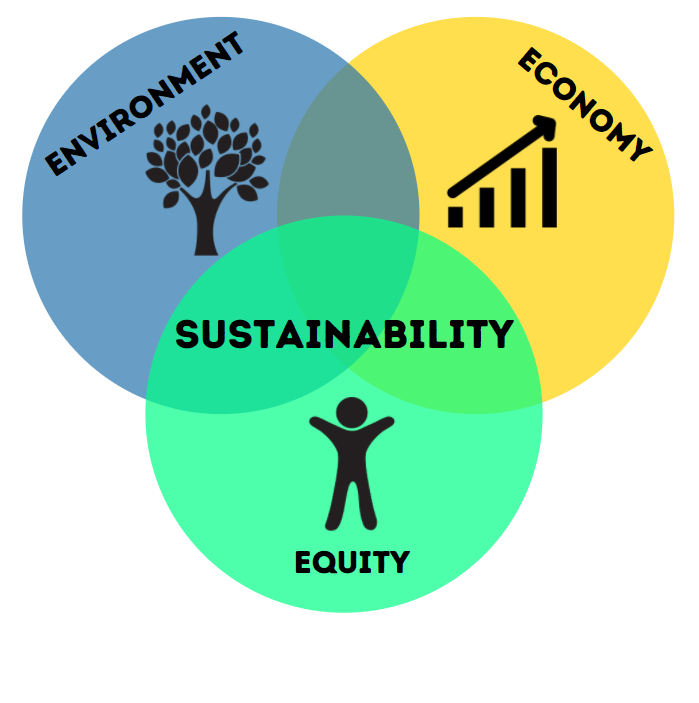
In recent years, a new perspective has emerged in understanding the U.S. economy, focusing on the integration of environmental sustainability with economic growth. This approach emphasizes the importance of balancing ecological concerns with traditional economic objectives. This article explores how environmental sustainability is becoming an increasingly significant factor in shaping the U.S. economy, highlighting the challenges and opportunities this presents. Now let’s see what pros like Kavan Choksi say.
The Growing Importance of Sustainable Practices
1. Shift to Renewable Energy: The transition from fossil fuels to renewable energy sources is not only a critical environmental goal but also represents a significant economic shift, affecting industries, job markets, and investment patterns.
2. Green Economy: The concept of a green economy, focusing on sustainable development without degrading the environment, is gaining traction in the U.S., influencing both public policies and corporate strategies.
Impact on Traditional Industries
1. Adaptation in Energy Sector: Traditional energy sectors, such as oil and gas, face the challenge of adapting to a low-carbon future, with implications for employment, investment, and economic stability.
2. Automotive Industry Transformation: The automotive industry’s shift towards electric vehicles (EVs) is an example of how environmental sustainability is driving technological innovation and market evolution.
Economic Opportunities in Sustainability
1. Growth of Clean Technologies: The U.S. is witnessing a surge in clean technology sectors, including renewable energy, energy efficiency, and green transportation, offering new avenues for economic growth.
2. Sustainable Agriculture and Food Systems: Innovations in sustainable agriculture and food production are also contributing to economic development while addressing environmental concerns.
The Role of Government Policies
1. Regulatory Frameworks: Government policies and regulations play a crucial role in promoting environmental sustainability, influencing everything from emissions standards to green subsidies and tax incentives.
2. Infrastructure and Public Investment: Investment in sustainable infrastructure is a key area where government action can drive both economic growth and environmental progress.
Challenges in Balancing Economy and Environment
1. Economic Costs and Trade-offs: Transitioning to a more sustainable economy involves costs and trade-offs, particularly in the short term, which can be challenging for businesses and policymakers.
2. Managing Economic Transition: Ensuring a just and equitable economic transition, particularly for regions and communities dependent on traditional industries, is a significant challenge.
The Role of Financial Markets
1. ESG Investing: There is a growing trend in financial markets towards ESG (Environmental, Social, and Governance) investing, reflecting investor interest in supporting sustainable and responsible businesses.
2. Green Bonds and Sustainable Finance: The rise of green bonds and other sustainable finance instruments is providing new capital flows for environmentally friendly projects and initiatives.
The integration of environmental sustainability into the U.S. economy represents a paradigm shift, reflecting a broader global recognition of the need to balance economic growth with ecological preservation. While this transition presents challenges, it also offers significant opportunities for innovation, investment, and long-term economic resilience. As the U.S. continues to navigate this evolving landscape, the interplay between economic and environmental objectives will be crucial in shaping its future economic trajectory.








More Stories
Bitcoin Essentials: Must-Know Tips for Beginners
Great Stock Market Guidelines for a Successful Portfolio
Rest Easy Again: How EcoForce’s Heat Treatments Rescue Your Sleep from BedBugs